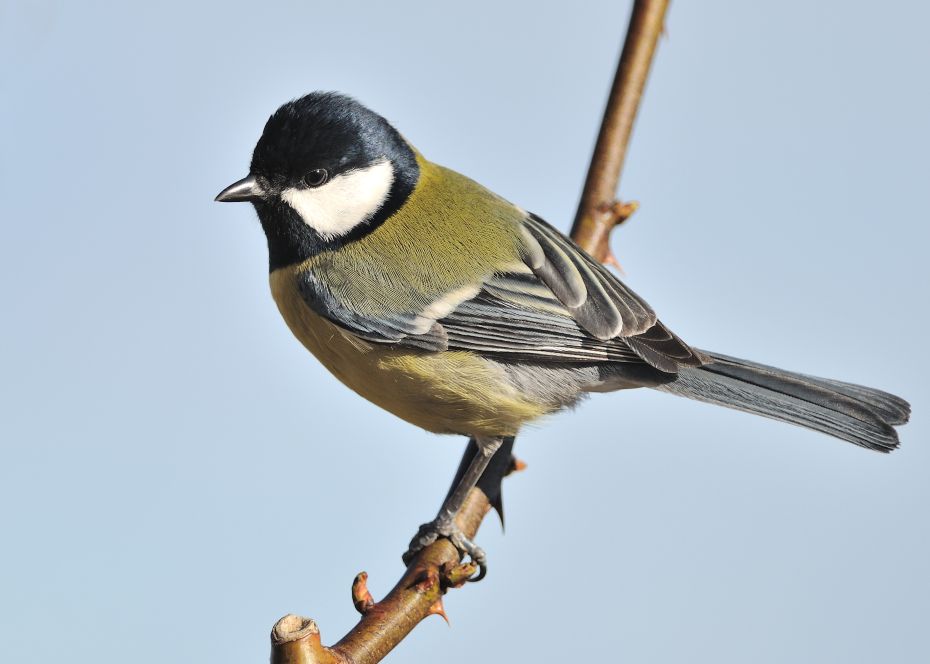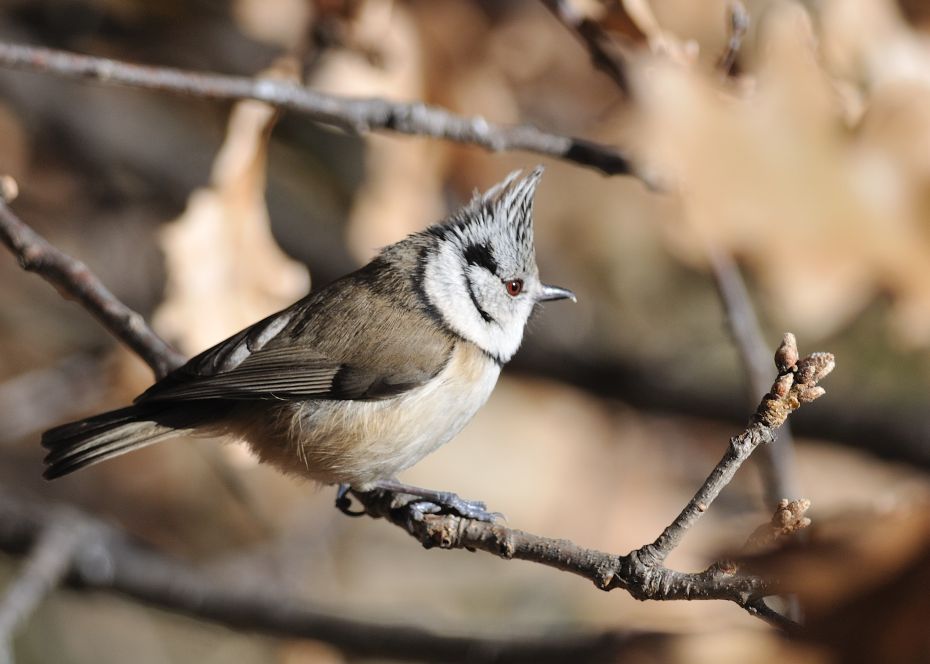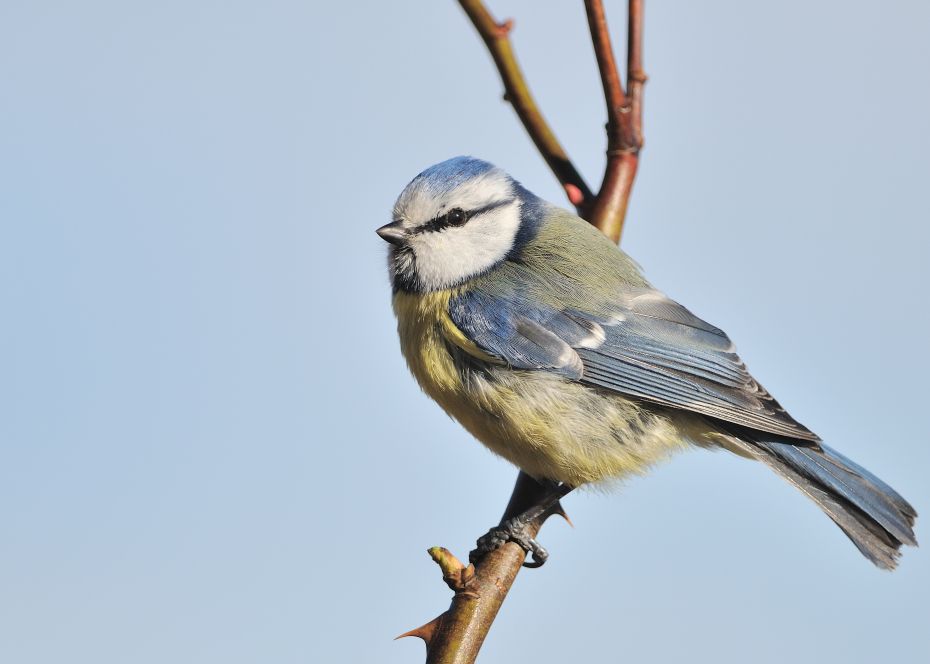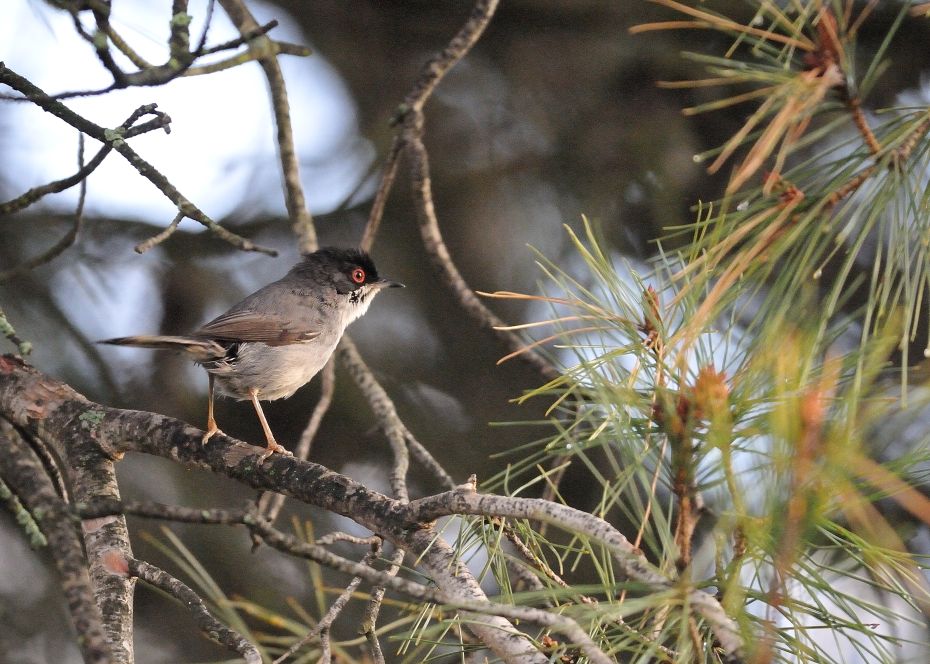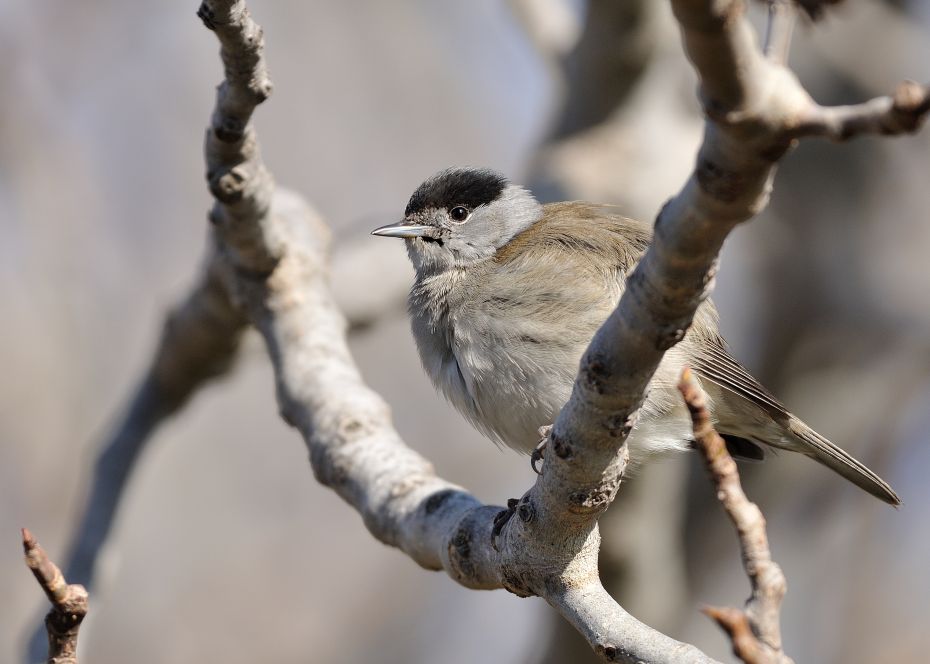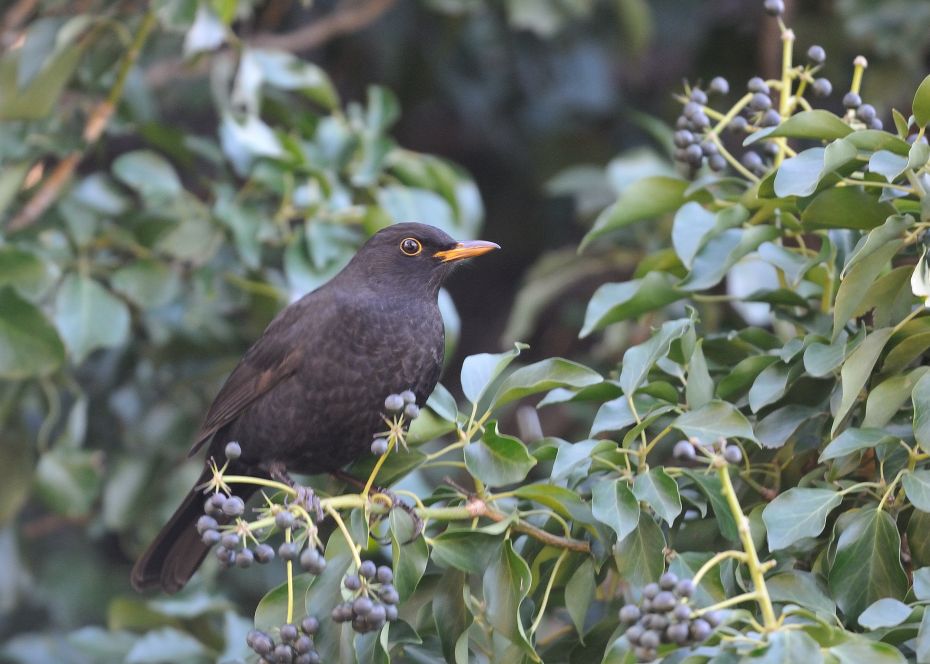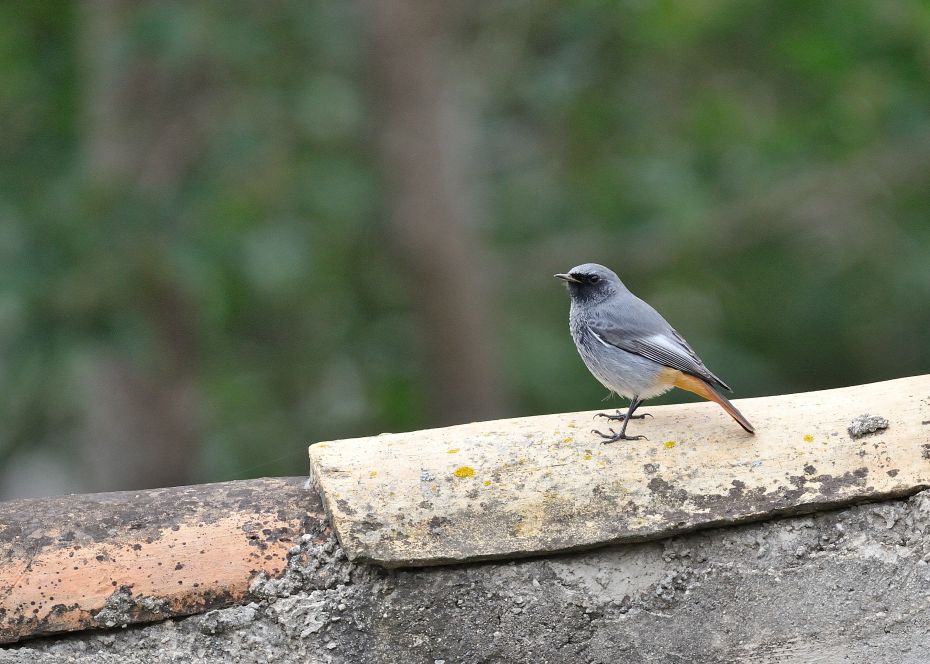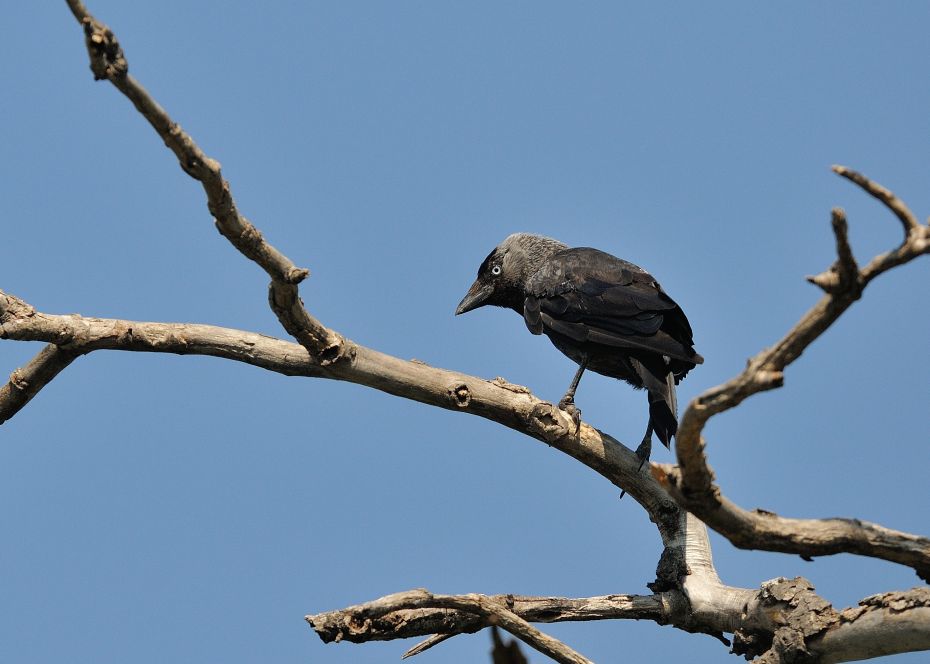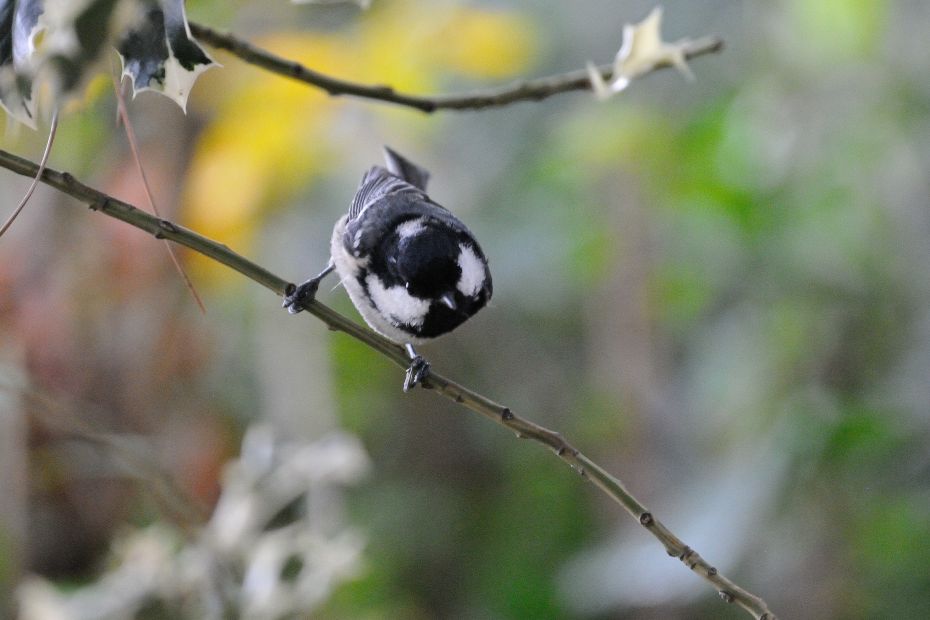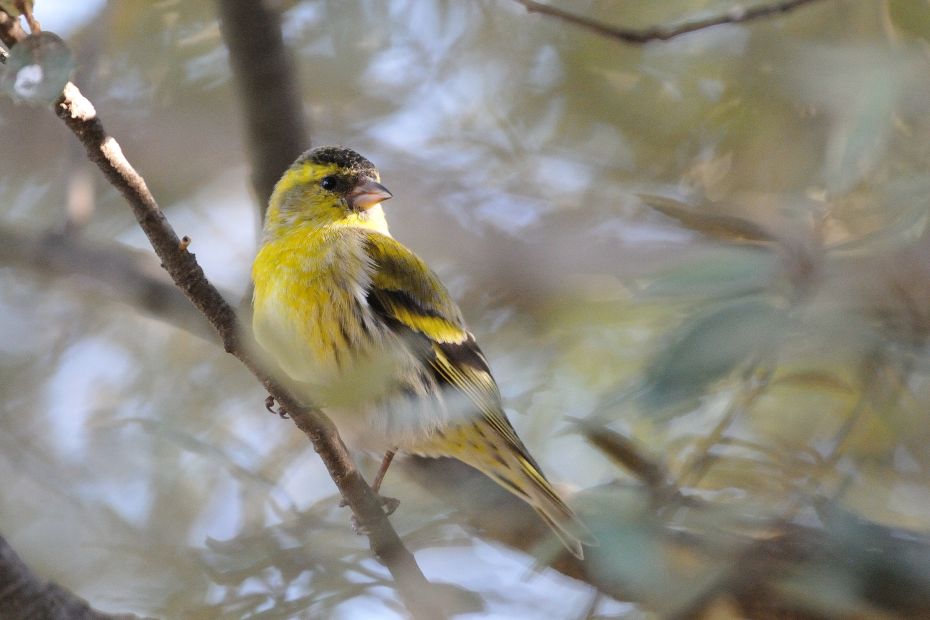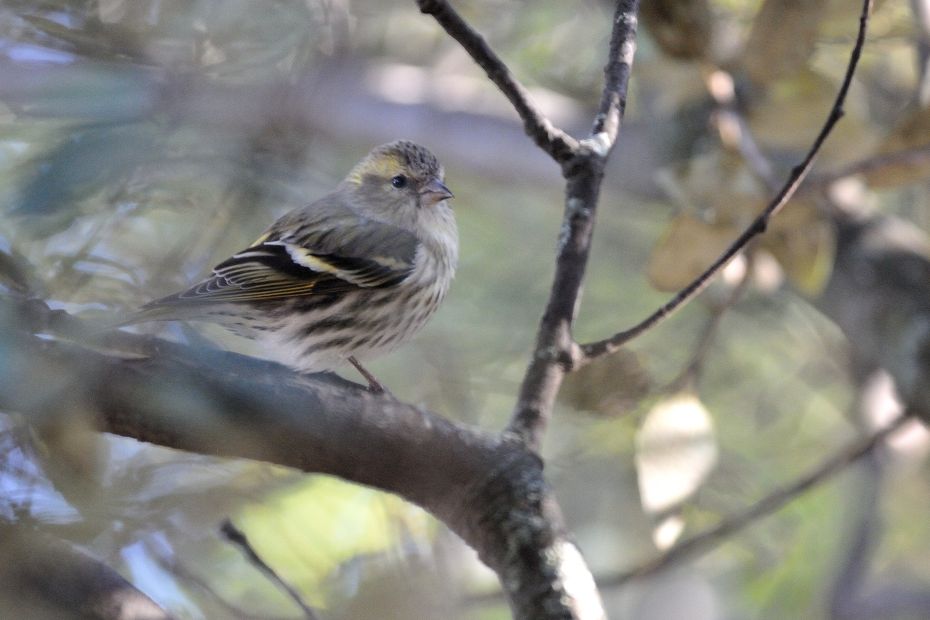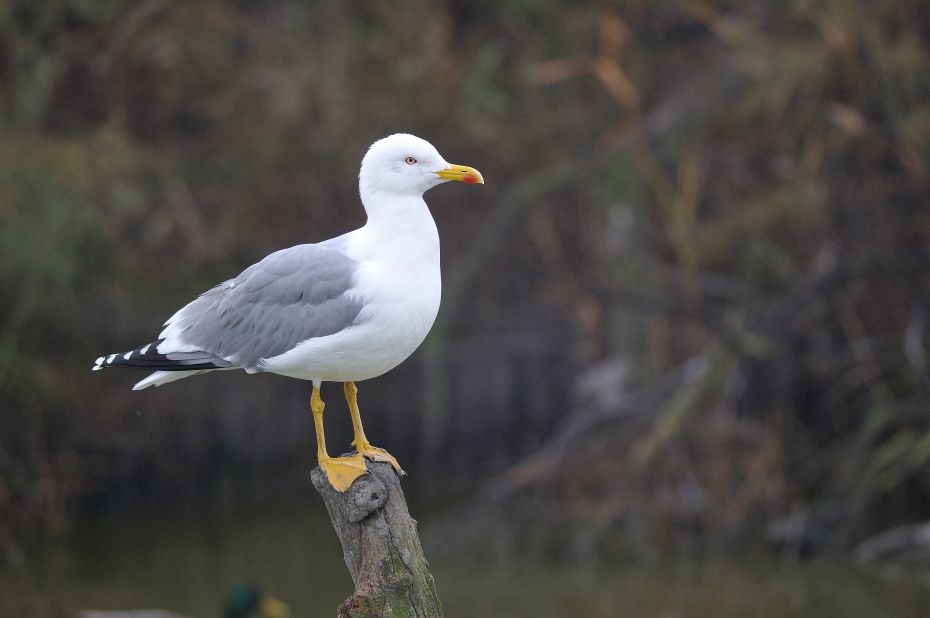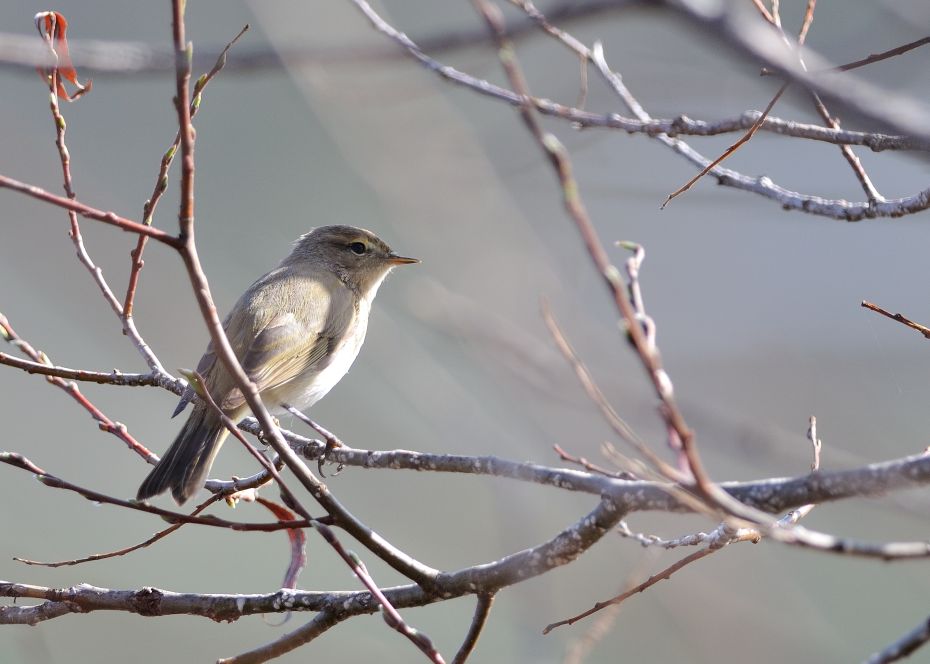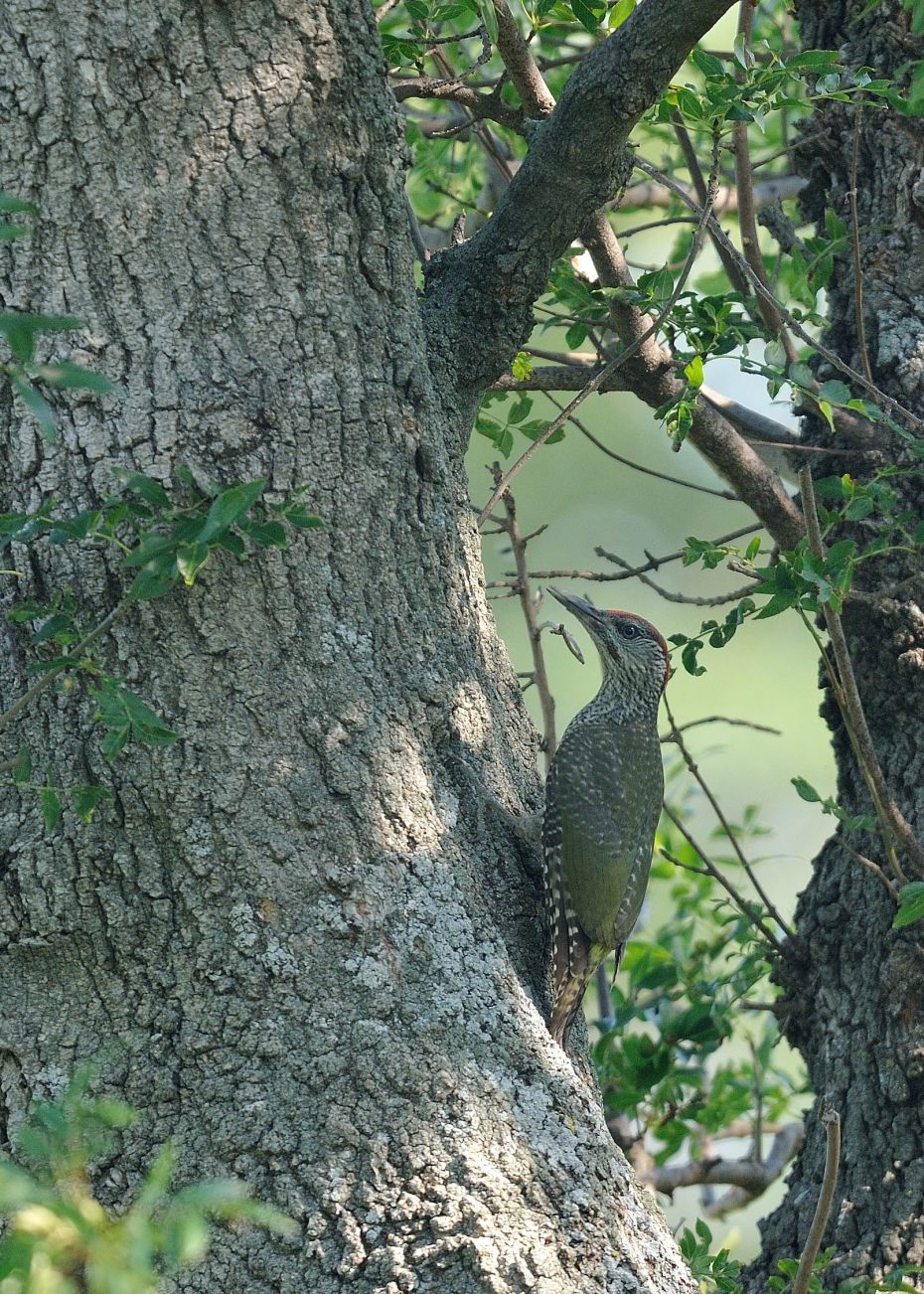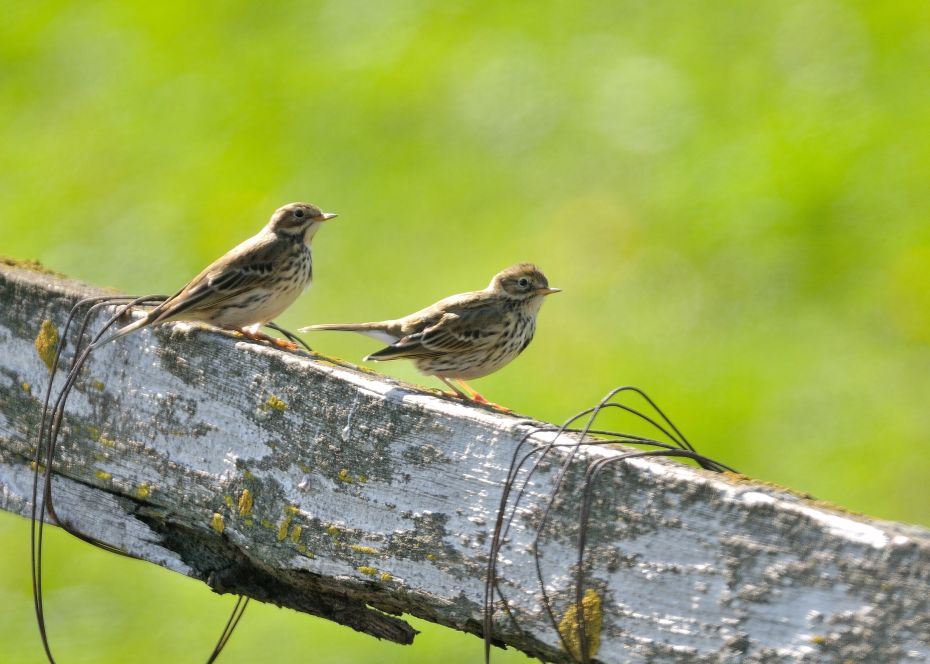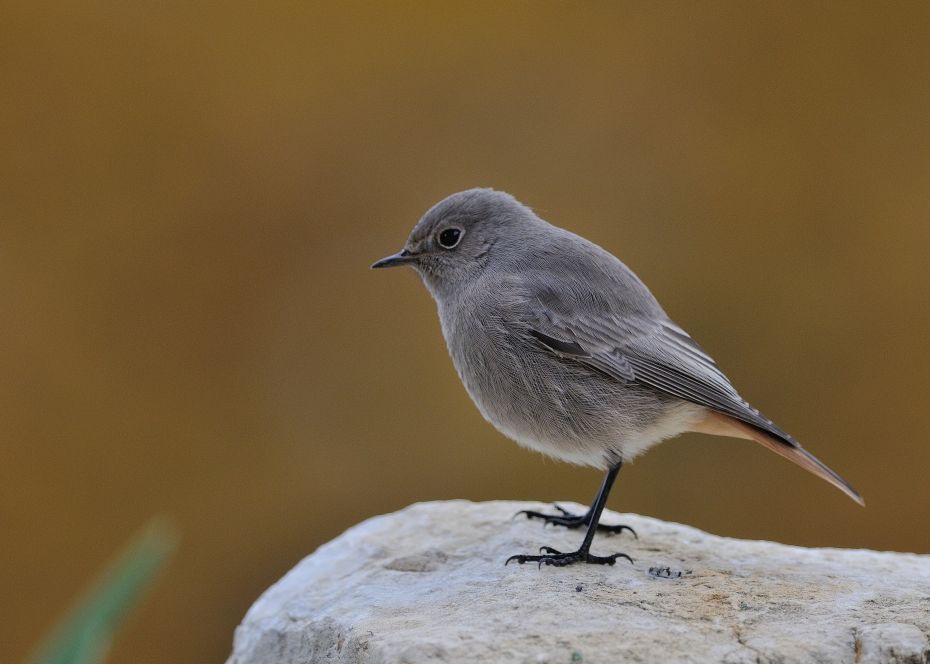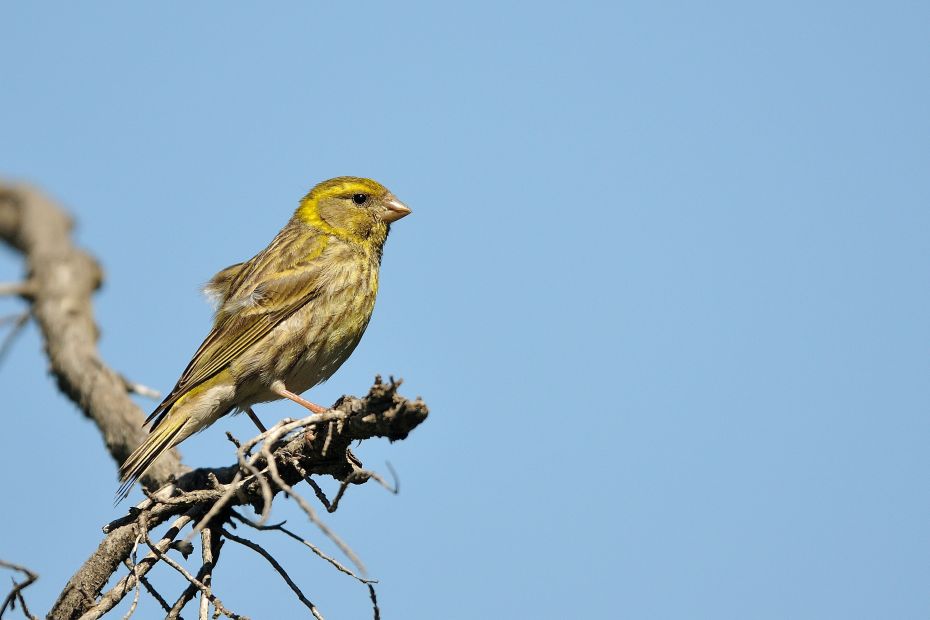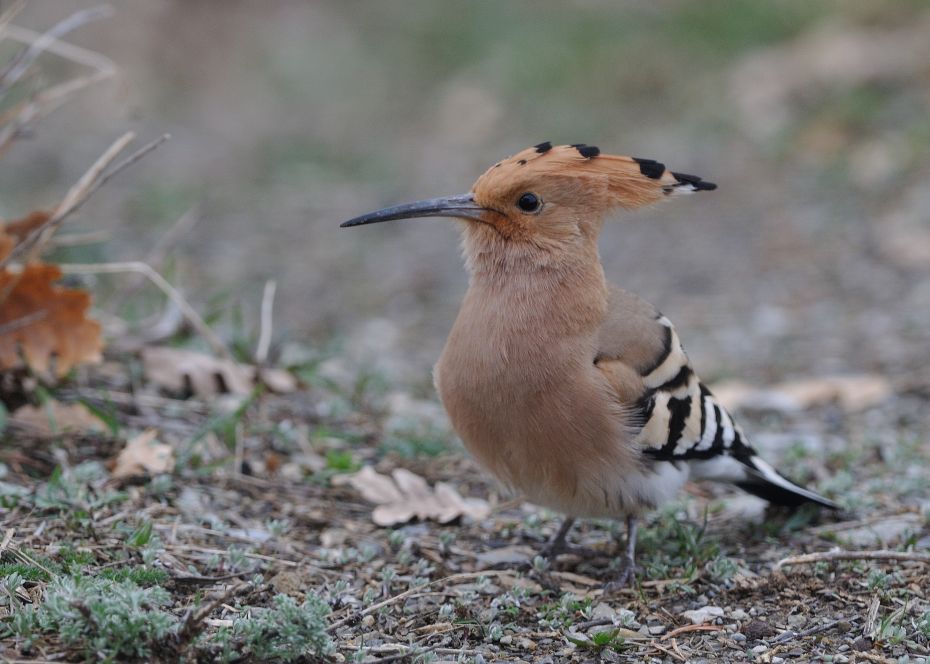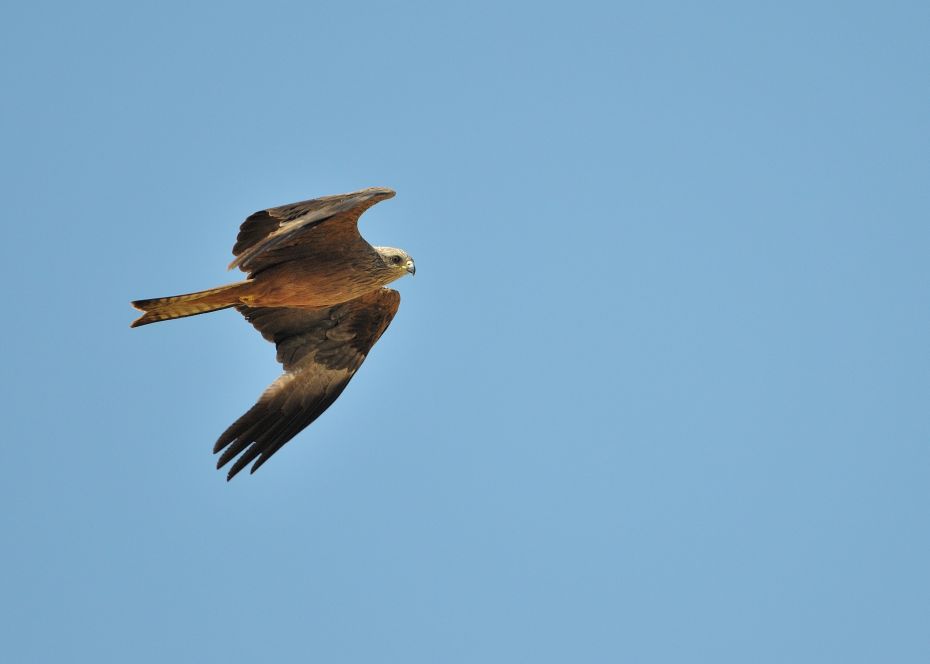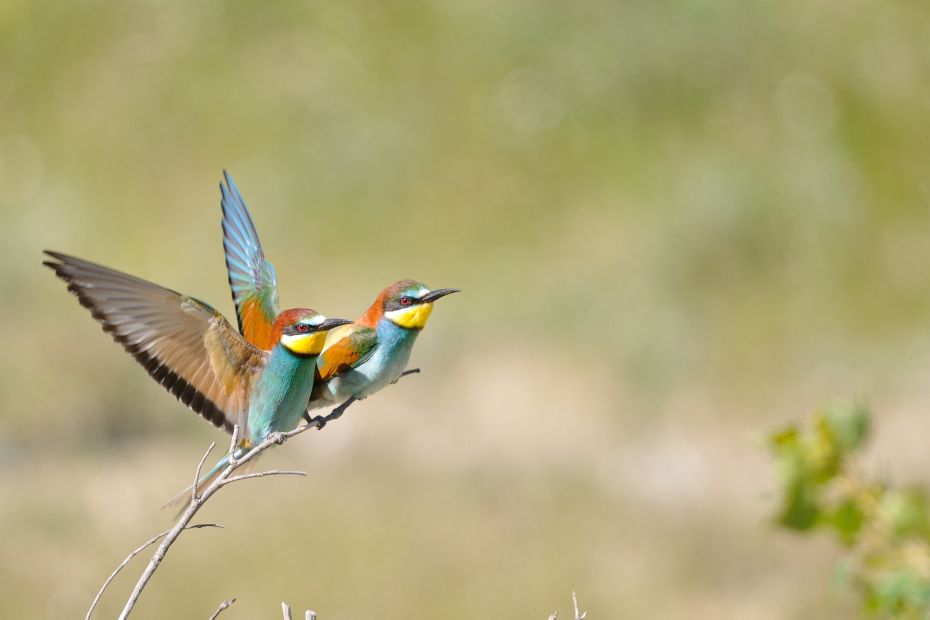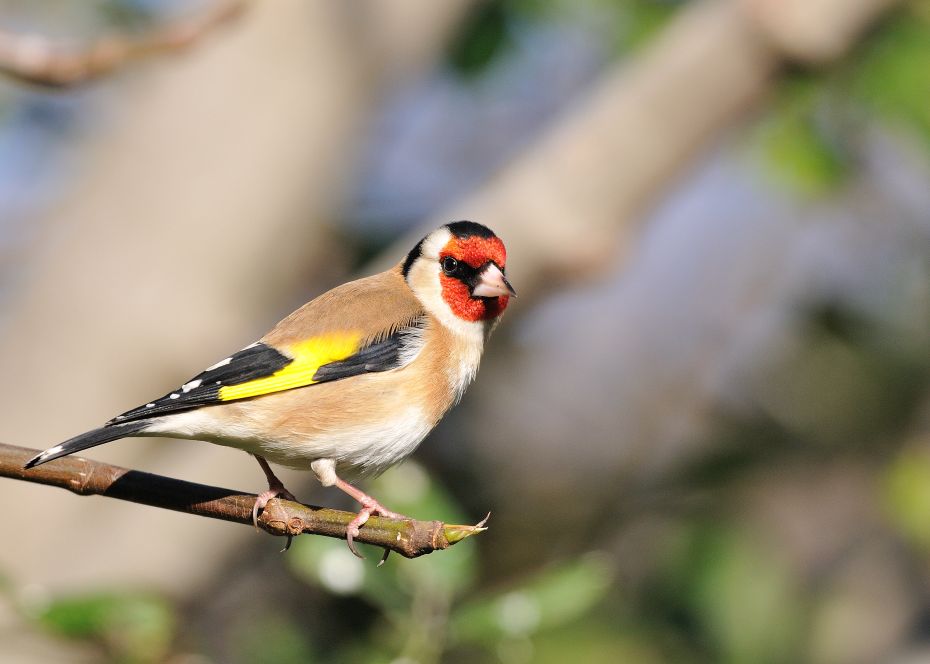
To all AMU students and staff:
From May 23 to June 3, to contribute to the knowledge of biodiversity, let's identify the BIRDS on our AMU campuses together. Even if you have less than half an hour in total to devote to this task, this time will be welcome.
The Excel sheet "Birds data entry sheet May-June 22" accessible via this page will allow you to group your observations. Use the drop-down menus when they are available. You can send it to me by e-mail: pascal.carlier@univ-amu.fr
A synthesis of the observations started in October 2021 will be made for September 2022
The mission of Biodiv'AMU is to make students and staff aware of the richness of biodiversity on their campus. With the naked eye or at best equipped with binoculars or a spyglass, the world of birds is easily accessible.
Common birds are a major biodiversity issue, with a loss of over 30% of their numbers in recent years. Four weeks will be dedicated to them on our campuses:
Fall Week: October 18 - 24, 21, past
Winter week: January 24 - February 4, 22, past
Spring Week 1: March 21 - April 1, 22
Spring Week 2: May 23 - June 3, 22
You do not need to be an expert to contribute. The data collection sheet allows for approximations. Feel free to attach even poor photos if you are unsure about the species. Team up with colleagues to benefit from the knowledge of the more experienced. Don't forget to indicate at the top of the sheet the total time of observation so that the data can be prorated to the time spent as it is usual.
Data from all AMU campuses will be aggregated and available to all. Once validated, they will be transferred to the national inventories. Contributor badges will be awarded to you according to your investment. The global report will be available at the end of the academic year.
Some of my photos below give you a small idea of the common species that you can find on our campuses at the end of October but the list is far from being exhaustive.
The site oiseau.net (free) is a mine to help you identify, you can also hear the calls and songs:
https://www.oiseaux.net/
The BirdNET application (free) is useful to identify species by their songs
The "old" Peterson's guide of the birds of France and Europe, always republished, remains the reference for the slightly initiated public:
https://www.delachauxetniestle.com/livre/guide-peterson-des-oiseaux-de-france-et-deurope-1
From the same publisher, I recommend for experts this new expert guide of ornitho: https://www.delachauxetniestle.com/livre/le-guide-expert-de-lornitho
Pascal Carlier, teacher-researcher, ethologist, in charge of the Biodiv'AMU mission, administrator of the Société Nationale de Protection de la Nature (SNPN)
Thank you for sending me your Excel files of data - proposed on this site - to my email address:
pascal.carlier@univ-amu.fr


